By Andrew McGregor
The 14th-century Scottish highlands region was an isolated and undeveloped region of great forests, deep cold lakes, and rocky peaks uncrossed by any road. Towns were few, with most of the population scattered throughout the glens, where they pursued a pastoral life, occasionally enlivened by raids against their neighbors and disputes over land. What went on in the high-lands was largely a mystery to the outside world, even including the Scottish king.
In ad 1333, a feud erupted between Clan Cameron and Clan Chattan, two powerful highland confederacies. Most major disputes in the highlands were over land, and this one was no different, involving a claim for restoration of MacIntosh lands in Lochaber that were being held by the Camerons. The MacIntosh chief, leader of the Clan Chattan, attacked and defeated the Camerons at Drumlui, igniting a decades-long feud. The fighting took its toll, and each confederation began to call on its complex network of allies for armed support, threatening to plunge the highlands into a cauldron of unstoppable violence and reprisals.
The fight at Drumlui was followed by the Battle of Invernahavon, which took place sometime between 1370 and 1386. This fierce struggle pitted the MacPhersons, Davidsons, and MacIntoshes (the main elements of Clan Chattan) against some 400 warriors of the Clan Cameron who were returning home from a raid on Clan Chattan lands in Badenoch. A dispute broke out on the battlefield between the MacPhersons and the Davidsons as to which group would take the prestigious position on the right of the battle line (a familiar dispute among the proud highlanders, arising again centuries later at Culloden). The MacIntosh chief of the Chattan confederacy settled the dispute in favor of the Davidsons.
There are two versions of what happened next. In the first, the MacPherson chief was offended by the decision and withdrew his men, but upon seeing the Davidsons and MacIntoshes being overwhelmed by their opponents, the MacPhersons rejoined the battle, turning the tide and slaying the Cameron chief, Charles MacGiloney. In the second version, the Davidsons and MacIntoshes were soundly defeated after the MacPhersons withdrew. The next night the MacIntosh chief sent his bard, disguised as a Cameron, to the MacPherson camp. The bard, whose personal safety was traditionally inviolable, accused the MacPhersons of cowardice for failing to take part in the battle, and the outraged MacPherson chief led his men in a savage attack on the Camerons the next morning.
Another notable battle took place at Glasclune in Perthshire in 1392. Fighting had always been common along the highland-lowland border, but the lowland nobles had full confidence that the tactics and chivalry of their knights and men-at-arms would prevail against the wild and poorly organized raiders from the highlands. At Glasclune, however, the lowland knights were badly defeated by a group of highlanders. The sheriff of Angus, Sir Walter Ogilvy, was killed, along with many of his relatives and men. The highlanders had passed from being a traditional nuisance to a serious threat to the established order. There was growing criticism of the king’s failure to maintain law and order. (Many of the worst depredations were actually the work of King Robert’s younger brother Alexander Stewart, the infamous “Wolf of Badenoch.”)
A Supervised Battle
By late September 1396, a decision was made to solve the dangerous clan dispute by means of judicial combat, to take place at the North Inch of Perth under the supervision of the King of Scotland, Robert III. The North Inch was an area of low-lying land beside the River Tay, just outside the town walls, and home to a monastery of Dominican priests known as the Black Friars. The choice of Perth for this unusual mass duel was likely due to the favor shown the town by the king. At the time, the Scottish king and court had no permanent home, preferring instead to pass from place to place, allowing the king to “show the flag” whenever and wherever necessary. Robert III enjoyed his stays at the Black Friars’ monastery at Perth, and the marshy ground of the North Inch was a natural choice for the contest, having already been used for a number of individual trials by combat.
The chronicler Andrew Wyntoun, the prior of the St. Serf monastery at nearby Loch Leven, is believed to have walked the 20 miles to the battleground at Perth, although it is possible that his information on the affair was gained through mere hearsay. The monk did not bother to record his memories until some time between 1420 and 1424. As it was, Wyntoun gave little political or historical background of the affair, and his version of the names involved reflects the difficulty or indifference with which Celtic names were rendered into English or Latin by lowland scholars at the time.
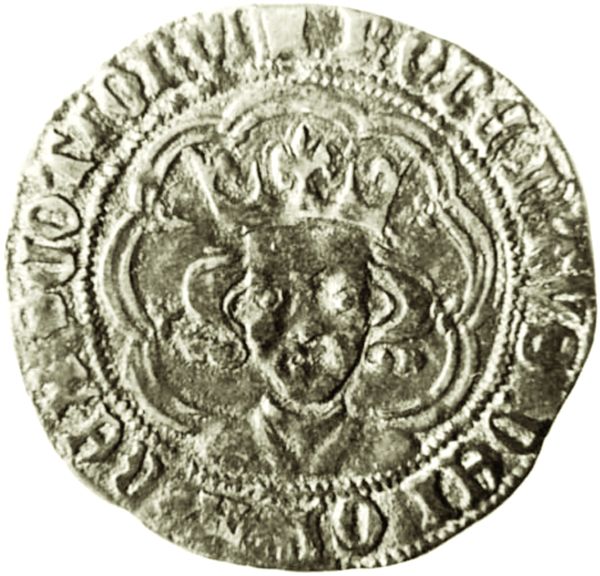
From Wyntoun comes the earliest account of the “three score wyld Scottis men,” divided into sides of 30 each, “in pursuit of an old feud.” He names the two clans involved as Clan Qwhewyl and Clan Ha, and identifies two chieftains who took part as Scha Ferqwharis and Cristy Johnesone. The Clan Qwhewyl almost certainly represents the Clan Chattan, a confederation of related families including the MacPhersons, Davidsons, and MacIntoshes and a number of smaller unrelated “septs,” or subgroups, notably the MacGillivrays and MacBeans, that found strength through association with a larger group. The identity of the other feuding clan, the Clan Ha, is more contentious, but a majority opinion seems to have settled on Clan Cameron’s claims to have been the second warring party at the trial.
Barriers were constructed around three sides of the intended battleground, the River Tay forming the fourth side. Viewing stands were erected for the king, his court, and noble visitors, some of whom came all the way from France for the spectacle. There was no doubt a large turnout from Perth as well, and hundreds of spectators and vendors flocked in from the hinterland to take in the once-in-a-lifetime event. Funds for erecting the grandstands were taken from the king’s customs account at Perth. The exchequer rolls record the expenditure of 14 pounds “for timber, iron and making of lists for 60 persons fighting in the Inch of Perth.”
When the warriors were mustered on the field after attending mass, it was discovered that Clan Chattan was one man short. Some sources suggest that the man’s nerve broke at the last minute and he swam across the Tay to safety, but these sources may have confused the warrior’s absence with the escape made across the Tay by one of the fighters later in the battle. The missing highlander is otherwise described as having missed the fight as the result of a hangover or an over-long dalliance with one of the young ladies of Perth. With none of the fighters on the opposing side willing to relinquish his role in order to even up the numbers, the combat was suddenly in danger of being abandoned. Traditions record that a bandy-legged local smith with no interest in the fight suddenly stepped up and volunteered to join the combat in place of the missing warrior, in return for a gold coin and a guarantee that he would be maintained for life in the unlikely event of his survival.
The contemporary Scottish chronicler Bower’s version of the affair, written about 25 years after Wyntoun’s original account, first mentions the absence of one of the fighters and his replacement by the Perth smith, Henry Wynd, “a man of moderate height but savage appearance.” The account of the smith’s role in the battle is still questionable because it does not appear in Wyntoun’s earlier account. If Wyntoun was, as believed, an eyewitness to the combat, it seems difficult to believe that he could have forgotten or neglected to mention the ferocious smith who was a central character in all later accounts of the drama. As with Wyntoun, we cannot be sure whether Bower was an eyewitness. Distance from the event suggests he was not, but if he was, he was writing as an old man of events some 50 years in the past. Like so many aspects of this strange story, the participation of the smith may have been real, or it may have been added by the chronicler to give some human interest to what, in reality, was a dark and uninspirational day beside the Tay.
The fighters, following highland tradition, would have stripped to their saffron-colored undershirts, tying the long garment between their legs before going into battle. Chain mail was the usual costume of professional warriors in the Highlands at this time, but protection of the combatants did not figure into the scheme of the trial’s organizers. Before highlanders met in battle it was customary for a bard from each side to recite a poem intended to incite the warriors and remind them of their duty to their clan. Following this, the warriors would have hurled insults and brandished their weapons while awaiting the sound of the trumpet that would launch the fray.
Records of the Feud
Novelist Sir Walter Scott left a vivid account of the battle in The Fair Maid of Perth, which succeeds in capturing some of the noise and fury that surrounded the unusual clash: “The trumpets of the king sounded a charge, the bagpipes blew up their screaming and maddening notes, and the combatants, starting forward in regular order, and increasing their pace till they came to a smart run, met together in the centre of the ground, as a furious torrent encounters an advancing tide. For an instant or two the front lines, hewing at each other with their long swords, seemed engaged in a succession of single combats; but the second and third ranks soon came up on either side, actuated alike by the eagerness of hatred and the thirst of honour, pressed through the intervals, and rendered the scene a tumultuous chaos, over which the huge swords rose and sunk, some still glittering, others streaming with blood, appearing, from the wild rapidity with which they were swayed, rather to be put in motion by some complicated machinery, than to be wielded by human hands.”
The fighters could carry only a bow, axe, knife, and sword—armor and shields were prohibited. The bows would have been used first, with probably only a small number of arrows allowed on each side before the warriors closed in. One account holds that the bows were actually crossbows, and that three arrows were allotted to each man. In an enclosure at short distance any shot, whether from bow or crossbow, would likely have been lethal in the hands of experienced warriors. Despite some later accounts that mention its use in the fight, the two-handed claymore was not introduced to the highlands until the 15th century, and was thus unlikely to have been employed. The warriors likely paired off in single combat at first, in the highland tradition. As men fell on each side, some fighters would have found themselves facing two or three opponents. In this case death was almost certain, especially as the fighters were without protection. The struggle was ferocious, “like butchers killing cattle in a slaughter-house,” according to Bower.
From time to time, it would have been necessary for the combatants to break off fighting, rest from their exertions, and attempt to staunch the flow of blood from their wounds. The fight would resume on fresh ground, unencumbered by the mutilated bodies of their dying comrades. A story from the folklore of the MacPhersons, repeated by Scott in The Fair Maid of Perth, describes the pipers of the respective clans becoming enraged by the slaughter, dropping their bagpipes and going at each other with knives. Having slain his opponent, the mortally wounded Clan Chattan piper picked up his pipes to play the clan anthem with his dying breath.
After several hours of bloodletting, there remained only one man of the Camerons opposing 11 heavily wounded representatives of the Clan Chattan. Rightly judging his chance of survival as nil, the warrior tossed away his sword and struck out across the River Tay. If he survived the swim, the warrior was never heard from again, although Scott records a folktale in which the man was so poorly received on his return to his kin in the highlands that he killed himself.
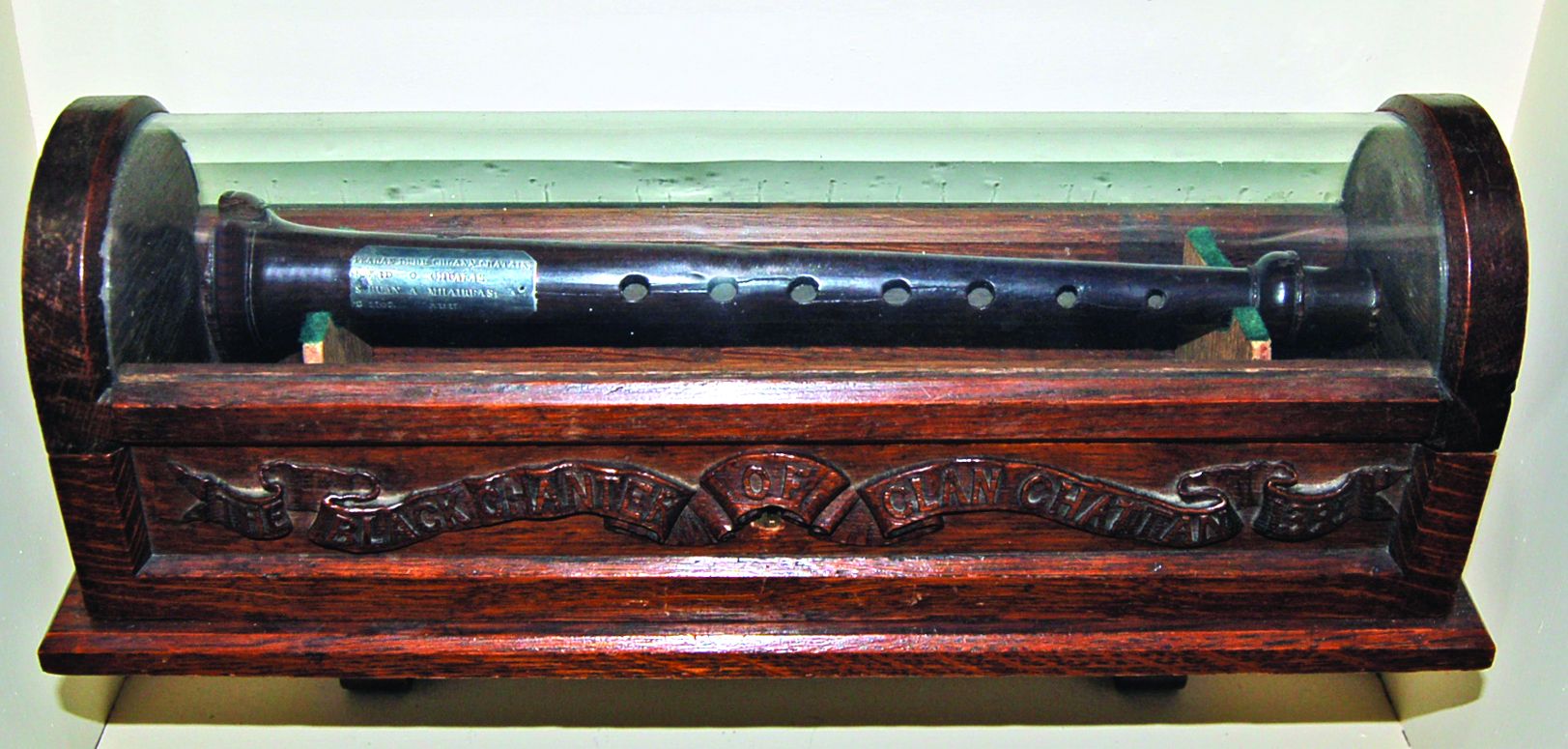
Another account of the battle, written in 1461, gives a number of different details. Maurice Buchanan’s Book of Pluscarden records that seven men survived the contest, five on one side and two on the other. Of these two, one managed to cross the River Tay, while the other was either pardoned or hanged. The smith is said to have been related to the winning clan (differing here from virtually every other account), but Buchanan does not mention the clans by name.
A gravestone at a church in Rothiemurchus in Badenoch was for many years believed to mark the resting place of the leader of the Clan Chattan fighters at the North Inch, a certain Shaw Corshiacloch (the buck-toothed), or Shaw Mór (the great), probably the “Scha Ferqwharis sone” (Shaw Farquharson) mentioned by Wyntoun. In the 19th century, Alexander MacKintosh Shaw collected an oral tradition from his great-aunt, regarded as an authority on highland tradition: “Lachlan, chief of MacKintosh and of the Clan Chattan, being too old and infirm to take the field in person, deputed his kinsman, Shaw ‘Mor,’ a warrior of tried valour and established renown, to fill his place in the combat at Perth; and as a reward for the victory which he obtained, Shaw was presented by the chief with the lands of Rothimurcus in Badenoch.”
The Feud’s Legacy
The participation of Clan Chattan in the duel is undisputed, but there has been considerable controversy over the clan’s opponents. Many have suggested that the battle was actually between two branches of Clan Chattan vying for prominence. Traditions held by the MacPhersons and the Davidsons (both of Clan Chattan) insist that the Camerons had no part in the contest. Arguing against this claim is the fact that in the late 14th century, the constituent families of Clan Chattan were neither large nor powerful on their own, and a feud between two individual groups within the confederation would hardly have been serious enough to threaten the stability of the whole nation, the reason given for the duel at Perth. The combative Clan Cameron confederation and its long-standing quarrel with Clan Chattan makes it a much more likely opponent in the contest at Perth. There is also some evidence that Clan Cameron had not yet adopted that name in the 14th century, so they may well have been known as Clan Ha or some other variation at the time. Clan Davidson maintains that it formed one of the two sides in a battle for Clan Chattan leadership, and in 1996 the Davidsons held a celebration in Perth marking the 600th anniversary of the Battle of the North Inch, the clan piper playing a new piece commissioned for the occasion.
The mass duel at Perth left behind little political legacy. Although the Scottish court may have been relieved to remove so many troublesome warriors from the scene in one day, both confederacies were large enough to withstand the loss. Neither side would have taken the result of the combat at Perth as a definitive decision against them in their feud. If the clans involved were indeed the Chattans and the Camerons, they were at each other’s throats once again early in the 15th century. There are records of a particularly ruthless attack on Palm Sunday 1429, in which the Clan Chattan set fire to a church where a sept of Clan Cameron was gathered, killing most of those within. The dispute was eventually settled in court near the end of the 17th century, legal proceedings having replaced battles to the death by this time.
The building that Scott described as the home of Catherine Glover, the “Fair Maid” of the novel, can still be seen in Perth. Although the building is the oldest house in Perth, it probably does not date before the 15th century. The building was once the headquarters of the glovers’ trade in the densely populated medieval industrial suburb of Perth North Port. The area fell into decay and gained an unsavory reputation until most of its structures were demolished in the 1930s.
The Feud and the Jacobite Rising
In 1745, the Battle of Culloden brought an end to the Jacobite rebellion and dreams of a Stuart restoration in Britain. The Highland charge, which had triumphed so many times against English arms in the past, proved unequal that day to the disciplined fire and bayonet drill of the Duke of Cumberland’s army, which included English regulars, lowland Scottish troops, and anti-Jacobite highlanders. Leading the Jacobite charge were the MacIntoshes of Clan Chattan, who left nearly their entire fighting strength in the mass graves of the battlefield. The Camerons were right behind them, their shot- and bayonet-mangled bodies intermingled with those of their ancient rivals. The monastery of the Black Friars that once dominated the battleground was already a distant memory, having been destroyed by a mob in the Reformation of 1559 after a particularly incendiary sermon by John Knox. The North Inch is now a public park and home to regular athletic activities.
After Culloden, an order was issued to seize all arms in the highlands, where Jacobite support had been strongest. Two of the weapons confiscated were swords allegedly used in the North Inch battle and held at the home of the MacIntosh chief. Another trophy from the slaughter in Perth is the Feadan Dubh, or black chanter, from the pipes carried by the Clan Chattan piper who killed his counterpart before expiring from his own wounds. The chanter’s maintenance is regarded as essential for the prosperity of the MacPherson division of the Clan Chattan, although this did not prevent it from being auctioned off by court order along with all the goods of Cluny Castle (home of the MacPherson chiefs) in 1943. It was later purchased by the clan association and placed in the Clan MacPherson museum at Newtonmore, where it may be viewed today.
The unlikelihood of the savage struggle at Perth providing an end to a Highland feud must have been known to the royal court, and it has been suggested by some that the contest was never intended to be more than a courtly diversion, a royal entertainment for visiting dignitaries from France and England. The prohibition on armor and shields suggests that the death of the participants was a desired result, perhaps in the hope that some steam might be taken out of the festering feud through the death of many leading warriors. That the clan chiefs and most of their leading men appear to have avoided the battle suggests that they fully understood this intention. The smoldering enmity that persisted between the Camerons and Clan Chattan well into the 19th century demonstrates that Scotland’s lowland nobility had once again failed to penetrate the psyche of their turbulent Gaelic highland neighbors.
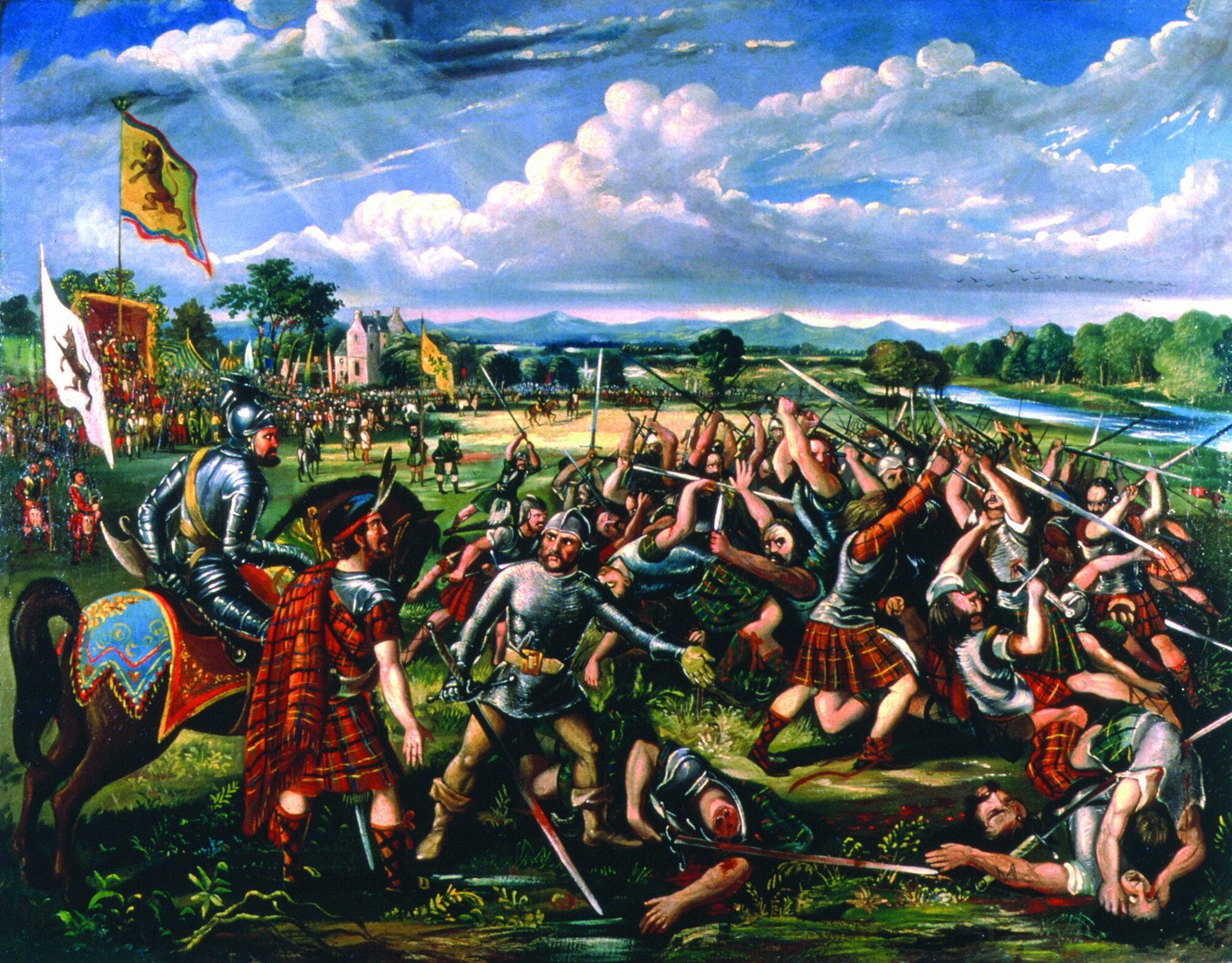
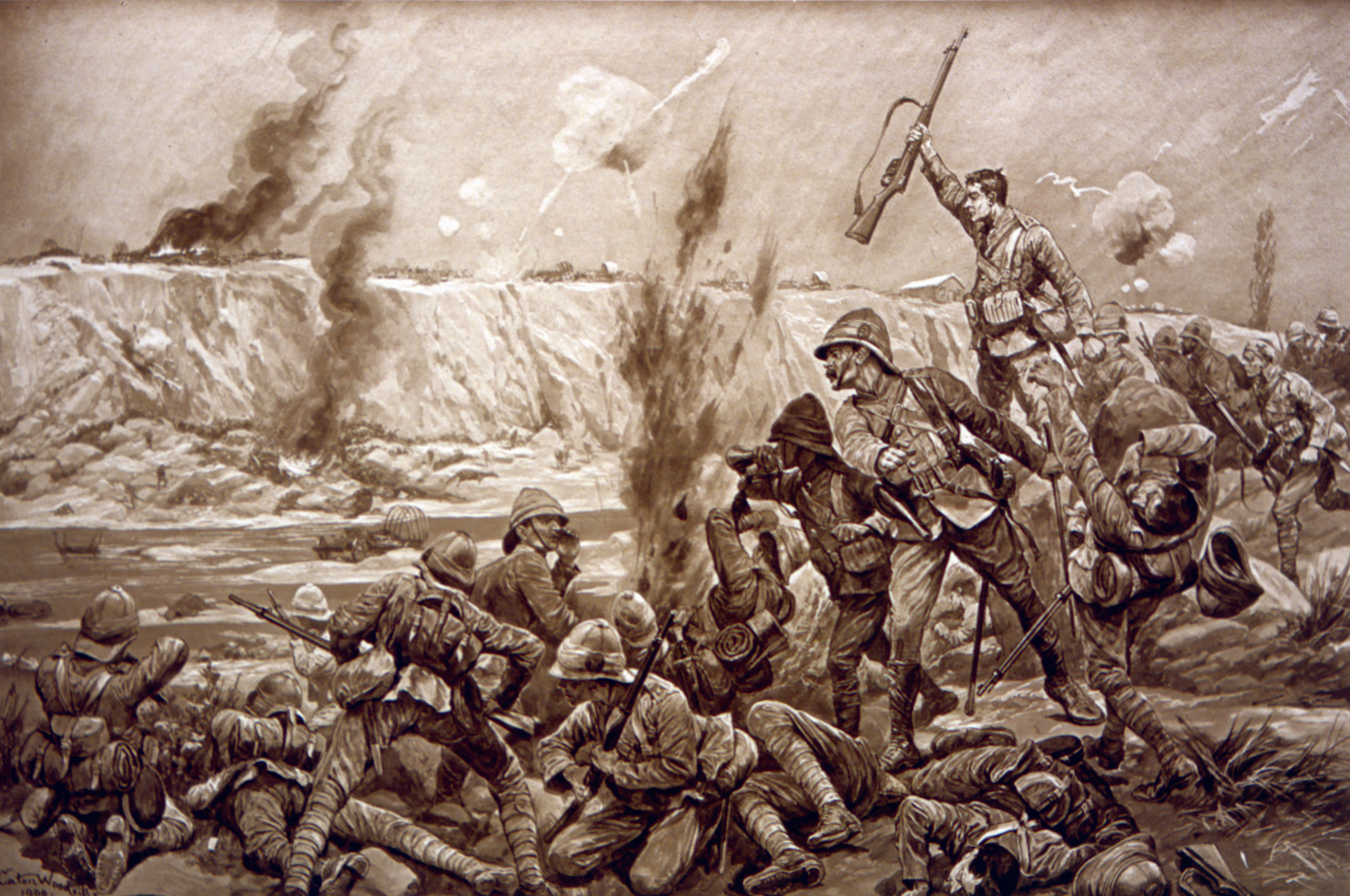
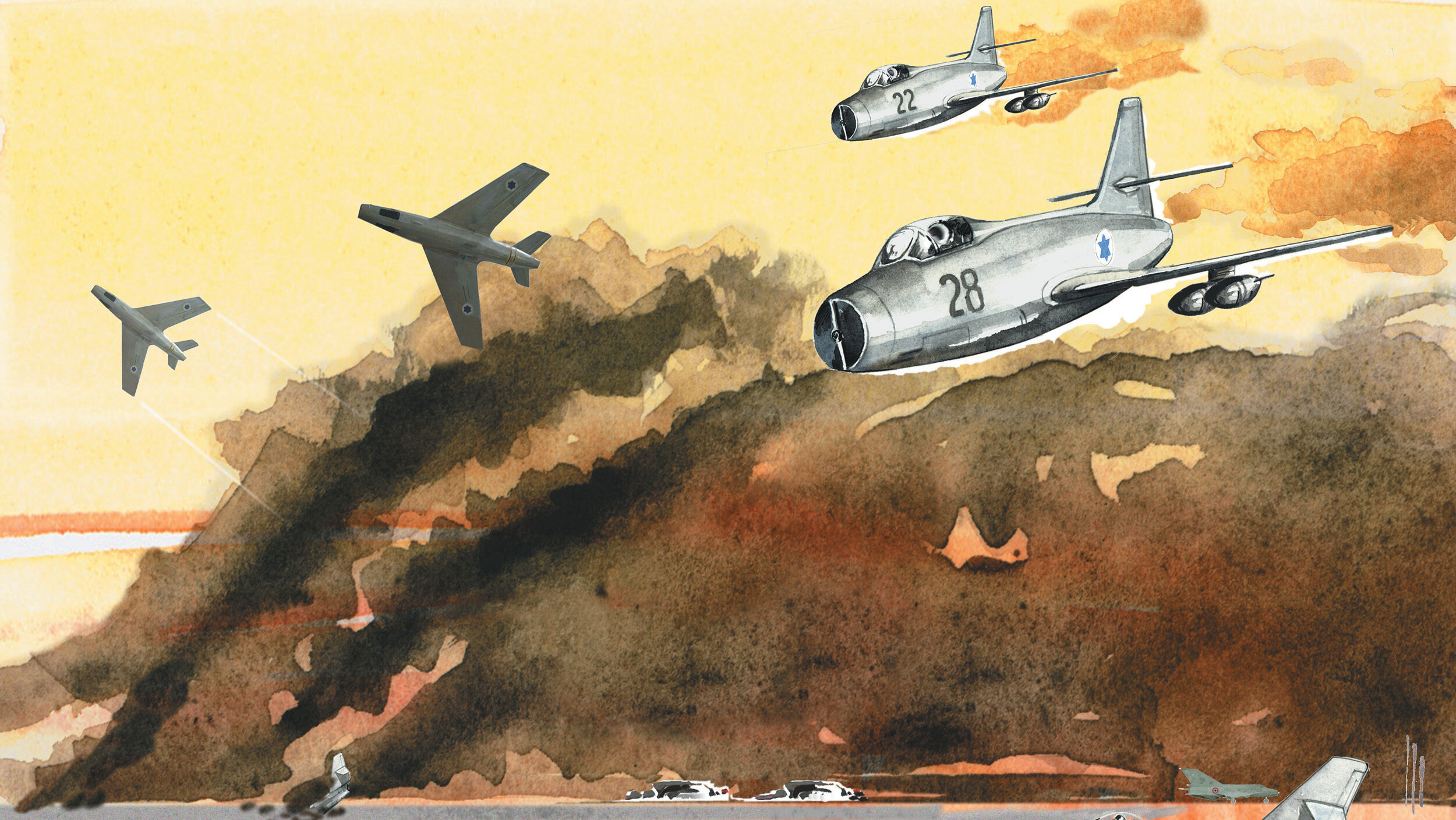
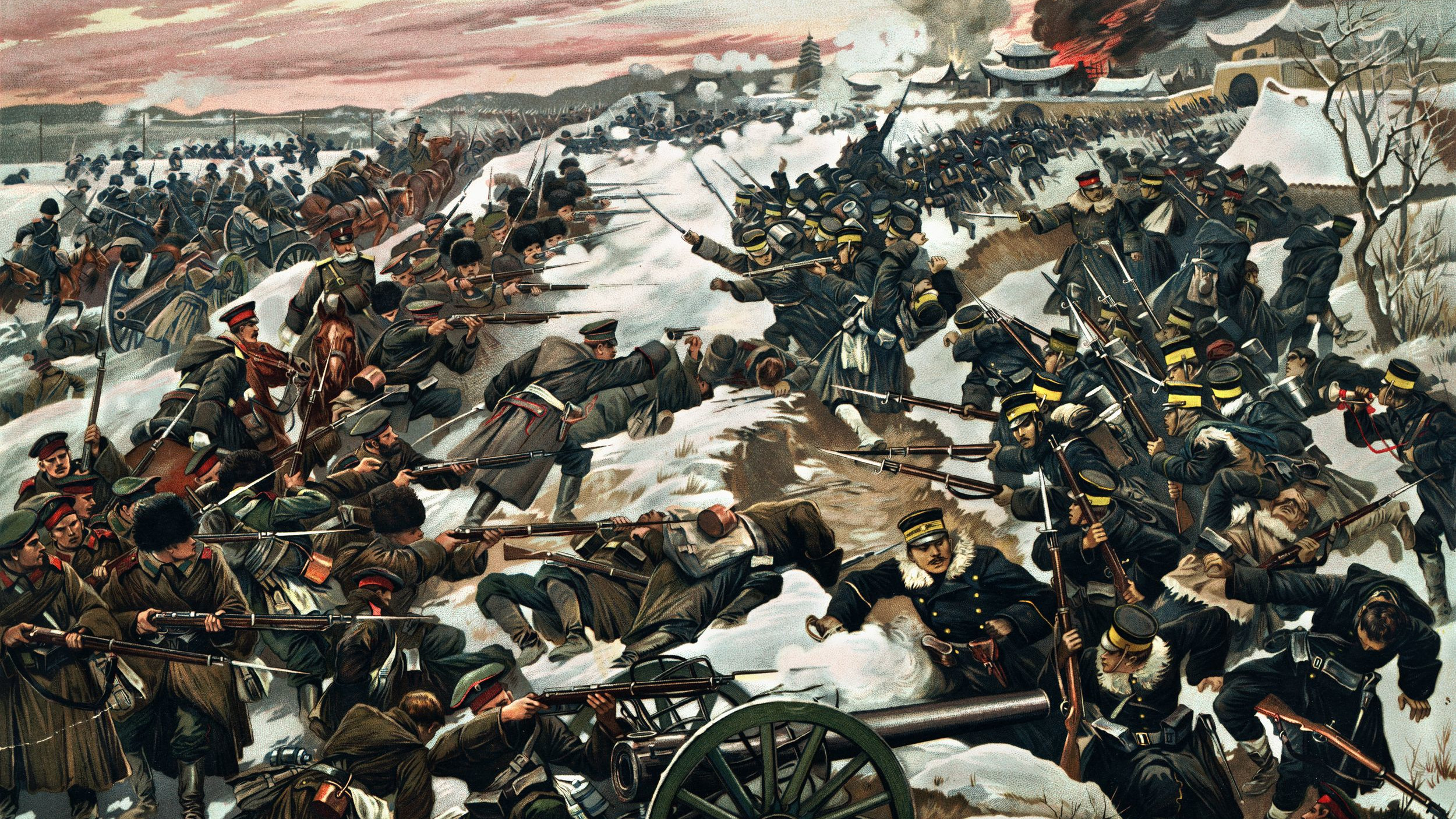
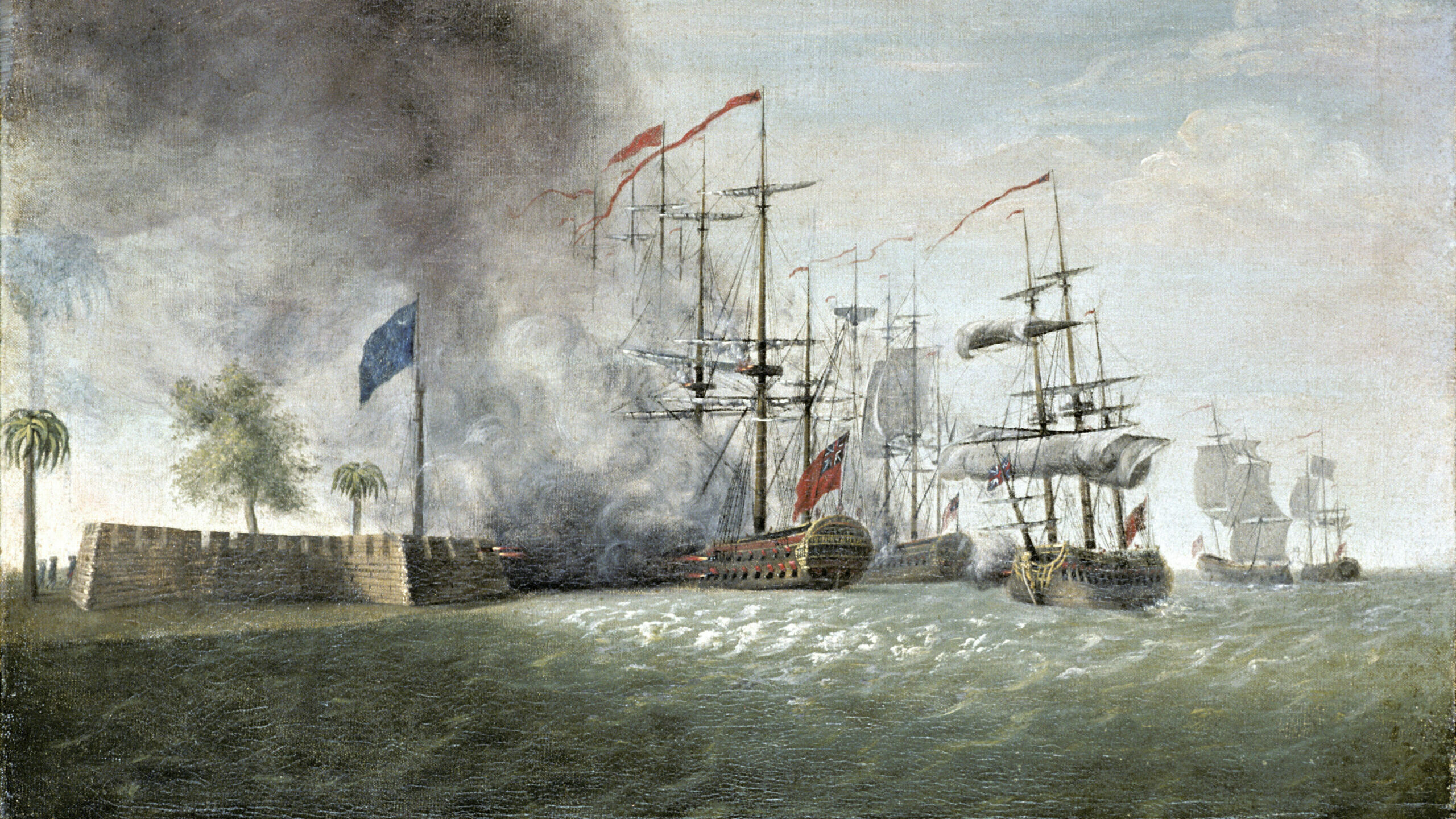
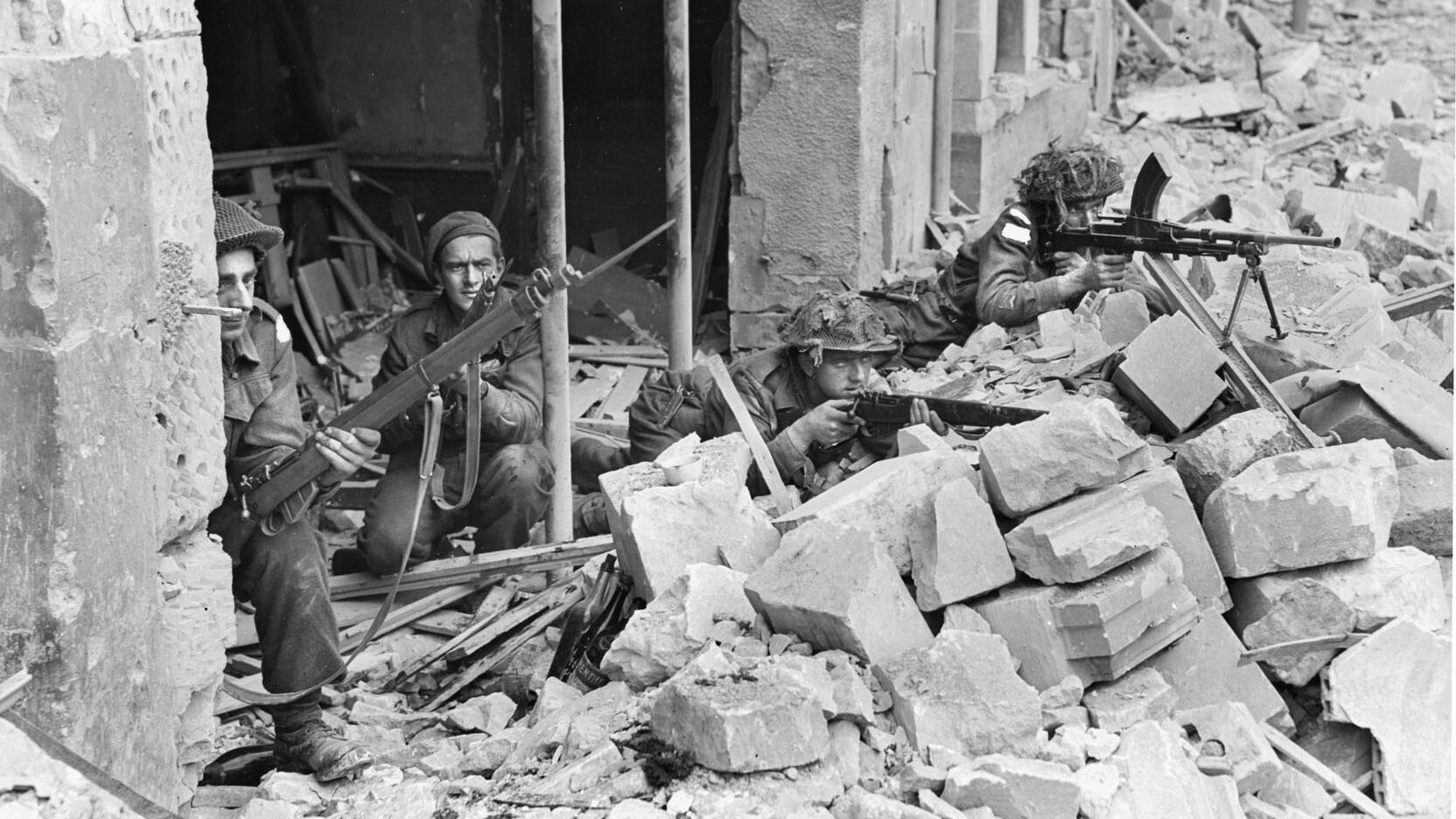
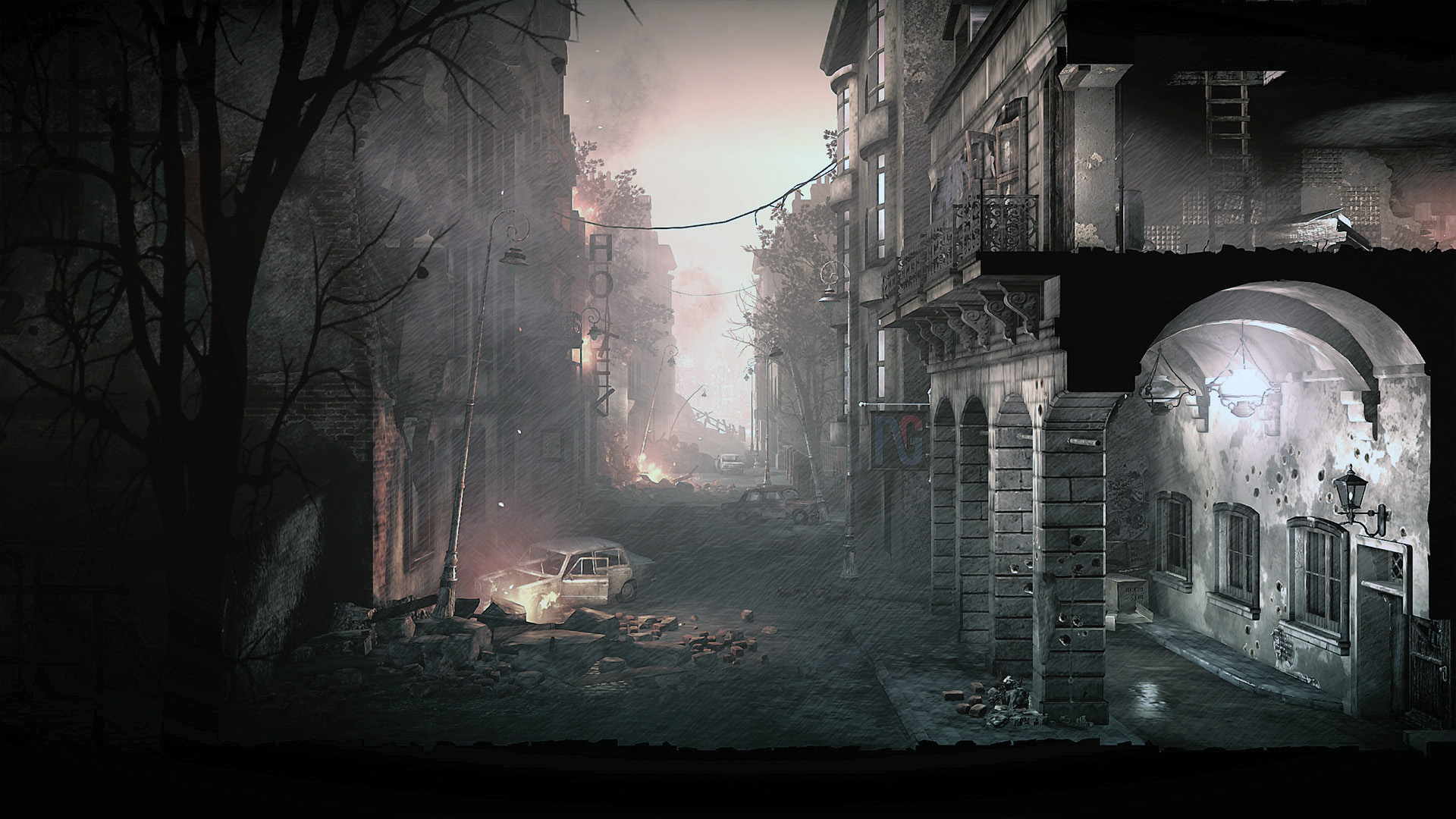
The North inch is a large area and I wonder if there is any mention as to where on the inch the battle was fought